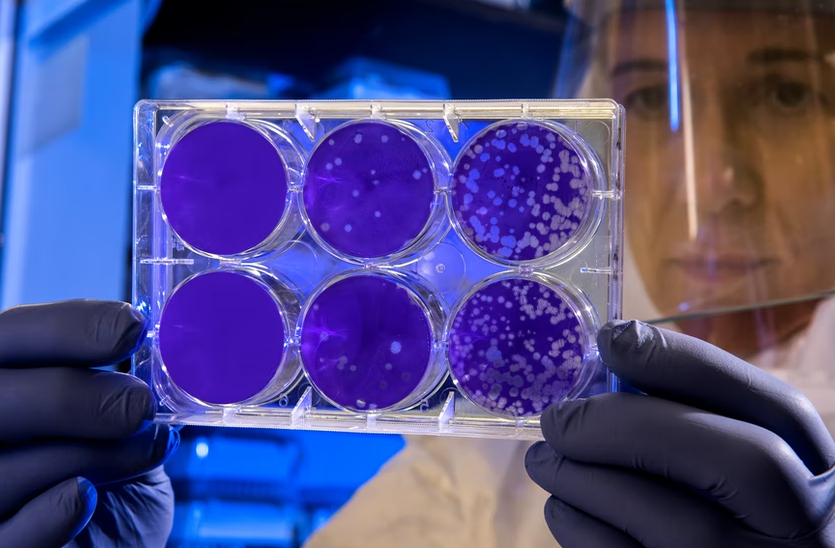Scientists are now on a mission to test on whether stem cells can grow better in zero gravity by sending them to space.

Stem Cell Research in Space
According to Phys.Org, the scientists at Cedars-Sinai Medical Center in Los Angeles, California, are trying to find new ways to produce massive batches of a type of stem cell that can generate any other type of cell in the human body and potentially be used to treat diseases.
The cells arrived this week at the International Space Station or ISS on a supply ship.
The experiment is the latest research project that involves sending stem cells to space. Some research aims to overcome the terrestrial difficulty of mass producing stem cells.
Other experiments explore how space travel impacts the cells in the human body, while some help scientists better understand diseases like cancer.
Stem Cell Research
According to The Washington Post, the six projects from China, Italy, and the United States sent up different types of stem cells, including the study of the effects of microgravity on cell-level heart function.
This study was conducted by Dr. Joseph Wu of Stanford University, who is in charge of the Stanford Cardiovascular Institute.
Meanwhile, the same research here on Earth regarding stem cells have different results. The only stem cell-based products approved by the Food and Drug Administration contain blood-forming stem cells from umbilical cord blood for patients who are diagnosed with blood disorders like lymphoma.
Currently, there are no approved therapies using the kind of stem cells being sent to space or others that are gotten from them, according to Jeffrey Millman, a biomedical engineering expert at Washington University.
However, clinical trials underway involving stem cells target conditions like macular degeneration, heart attack damage, Parkinson's disease, and more.
Millman is involved in research that could lead to a new way to treat Type 1 diabetes, and scientists see great potential in stem cells.
Issues with Gravity
The great potential of stem cells is hindered by an earthly problem, and that is Earth's gravity, as it makes it difficult to grow the vast quantities of cells necessary for future therapies that may need more than a billion per patient, according to Science.Org.
Millman said that with the current technology, even if the FDA instantly approved any of the therapies, they do not have the capacity to manufacture.
The main issue is with large bioreactors, the cells need to be stirred vigorously, or they clump or fall to the bottom of the tank, and this causes most of the cells to die.
Researchers at the Cedars-Sinai team sent up induced pluripotent stem cells. Several scientists consider them the perfect starting materials for all types of personalized, cell-based treatments.
They carry the patient's own DNA, and their versatility makes them similar to embryonic stem cells, only they are reprogrammed from the skin of an adult or their blood cells.
The scientists will run the experiment remotely using a box of cells on Earth, so they can compare them. The space experiment will be retrieved after five weeks through SpaceX.
Related Article : Researchers Reprogram Embryonic Stem Cells To Expand Their Potential
This article is owned by Tech Times
Wrriten by Sophie Webster

![Apple Watch Series 10 [GPS 42mm]](https://d.techtimes.com/en/full/453899/apple-watch-series-10-gps-42mm.jpg?w=184&h=103&f=9fb3c2ea2db928c663d1d2eadbcb3e52)


